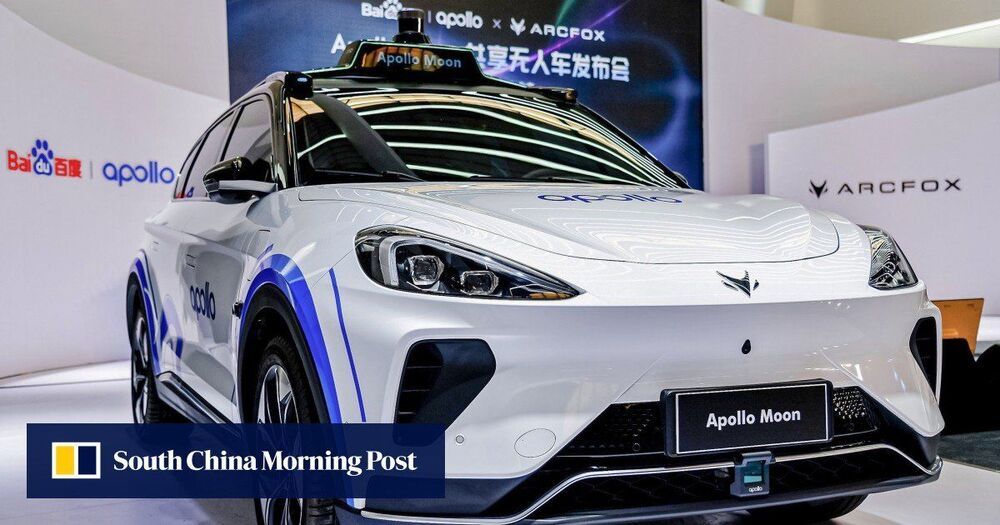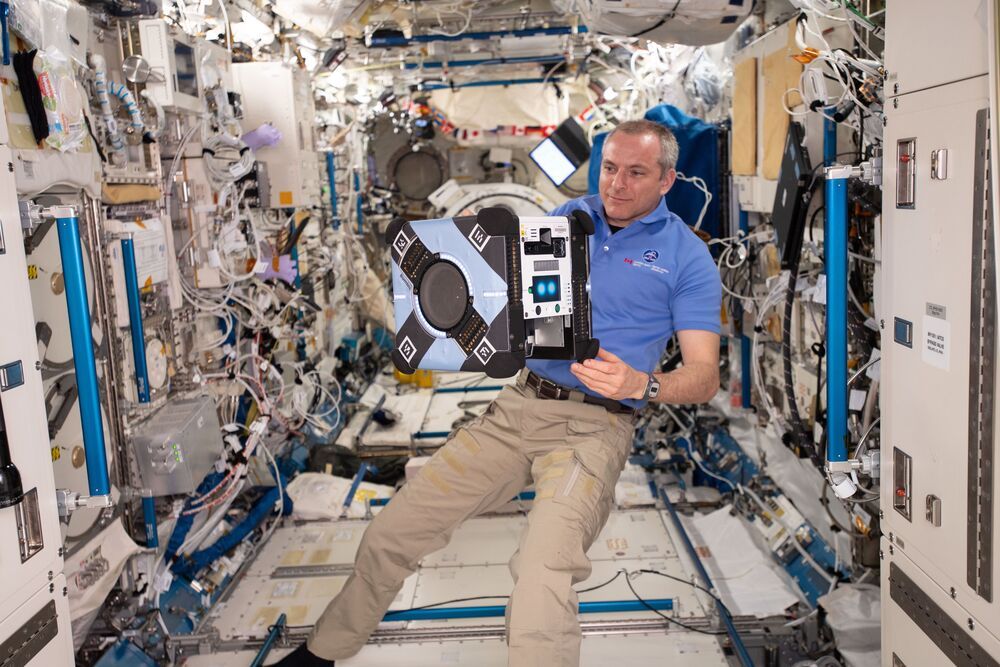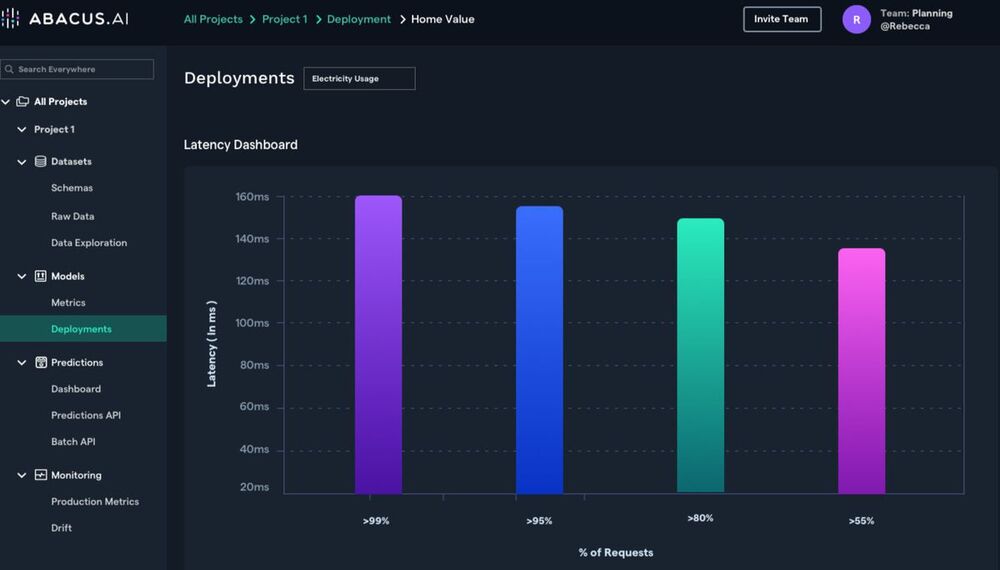Robots are taking over low-paid and increasingly risky jobs in recycling, keeping the industry churning.


Bionic arms used to cost $80,000. Now, a young engineer has lowered the cost by over 90%.
Subscribe here: https://freeth.ink/youtube-subscribe-toc.
Unlimited Tomorrow is pioneering a new age in prosthetics with its 3D-printed robotic arms. Founded in 2,014 by Easton LaChapelle when he was just 18 years old, the company is poised to become a leader in the prosthetic arm industry. Their True Limb device costs less than $8,000 and it’s even cheaper for children, priced at about $4,000.
True Limb is both functional and realistic-looking, serving as a mirror image of the amputee’s opposing limb, even down to the fingertips. And while the prosthetic arm is 60–90% cheaper than traditional prosthetics, many users say it’s far superior to market alternatives. What’s the secret? Unlimited Tomorrow uses a totally remote, custom process that cuts out middlemen to produce prosthetics completely in-house.
For the 40-million worldwide amputees in need of prosthetic limbs, this remote, personalized, and affordable process for fitting prosthetics means hope for a better future.
See the full article on bionic arms here: https://www.freethink.com/series/challengers/prosthetic-arm.

Learn More
University of Advancing Technology’s Artificial Intelligence (AI) degree explores the theory and practice of engineering tools that simulate thinking, patterning, and advanced decision behaviors by software systems. With inspiration derived from biology to design, UAT’s Artificial Intelligence program teaches students to build software systems that solve complex problems. Students will work with technologies including voice recognition, simulation agents, machine learning (ML), and the internet of things (IoT).
Students pursuing this specialized computer programming degree develop applications using evolutionary and genetic algorithms, cellular automata, artificial neural networks, agent-based models, and other artificial intelligence methodologies. UAT’s degree in AI covers the fundamentals of general and applied artificial intelligence including core programming languages and platforms used in computer science.

A team of researchers at Washington University School of Medicine have developed a deep learning model that is capable of classifying a brain tumor as one of six common types using a single 3D MRI scan, according to a study published in Radiology: Artificial Intelligence.
“This is the first study to address the most common intracranial tumors and to directly determine the tumor class or the absence of tumor from a 3D MRI volume,” said Satrajit Chakrabarty, M.S., a doctoral student under the direction of Aristeidis Sotiras, Ph.D., and Daniel Marcus, Ph.D., in Mallinckrodt Institute of Radiology’s Computational Imaging Lab at Washington University School of Medicine in St. Louis, Missouri.
The six most common intracranial tumor types are high-grade glioma, low-grade glioma, brain metastases, meningioma, pituitary adenoma and acoustic neuroma. Each was documented through histopathology, which requires surgically removing tissue from the site of a suspected cancer and examining it under a microscope.

Commercial prospects for robotaxi services remain uncertain in the near term due to the immaturity of the technology, the absence of legislation to clearly define responsibility in case of a self-driving accident, and persistently high costs associated with the complex self-driving systems.
Baidu’s autonomous driving unit has partnered with the luxury electric vehicle brand of BAIC Group to bring fifth generation Apollo Moon robotaxis to Chinese roads, cutting the cost of the vehicles by two thirds.
Watch developer Plus testing an autonomous truck on the highway without a driver behind the wheel.
Autonomous tech developer Plus has recently completed a real-world demonstration of its Level 4 autonomous truck technology on a traffic-filled highway. The company tested the truck without a driver behind the wheel, and also without any other remote operator who could take control of the truck if needed. The test took place on the Wufengshan highway in the business hub of the Yangtze Delta region, with Plus being the first company to be granted a special permit to test Level 4 vehicles in the country.

New algorithm could enable fast, nimble drones for time-critical operations such as search and rescue.
If you follow autonomous drone racing, you likely remember the crashes as much as the wins. In drone racing, teams compete to see which vehicle is better trained to fly fastest through an obstacle course. But the faster drones fly, the more unstable they become, and at high speeds their aerodynamics can be too complicated to predict. Crashes, therefore, are a common and often spectacular occurrence.
But if they can be pushed to be faster and more nimble, drones could be put to use in time-critical operations beyond the race course, for instance to search for survivors in a natural disaster.

